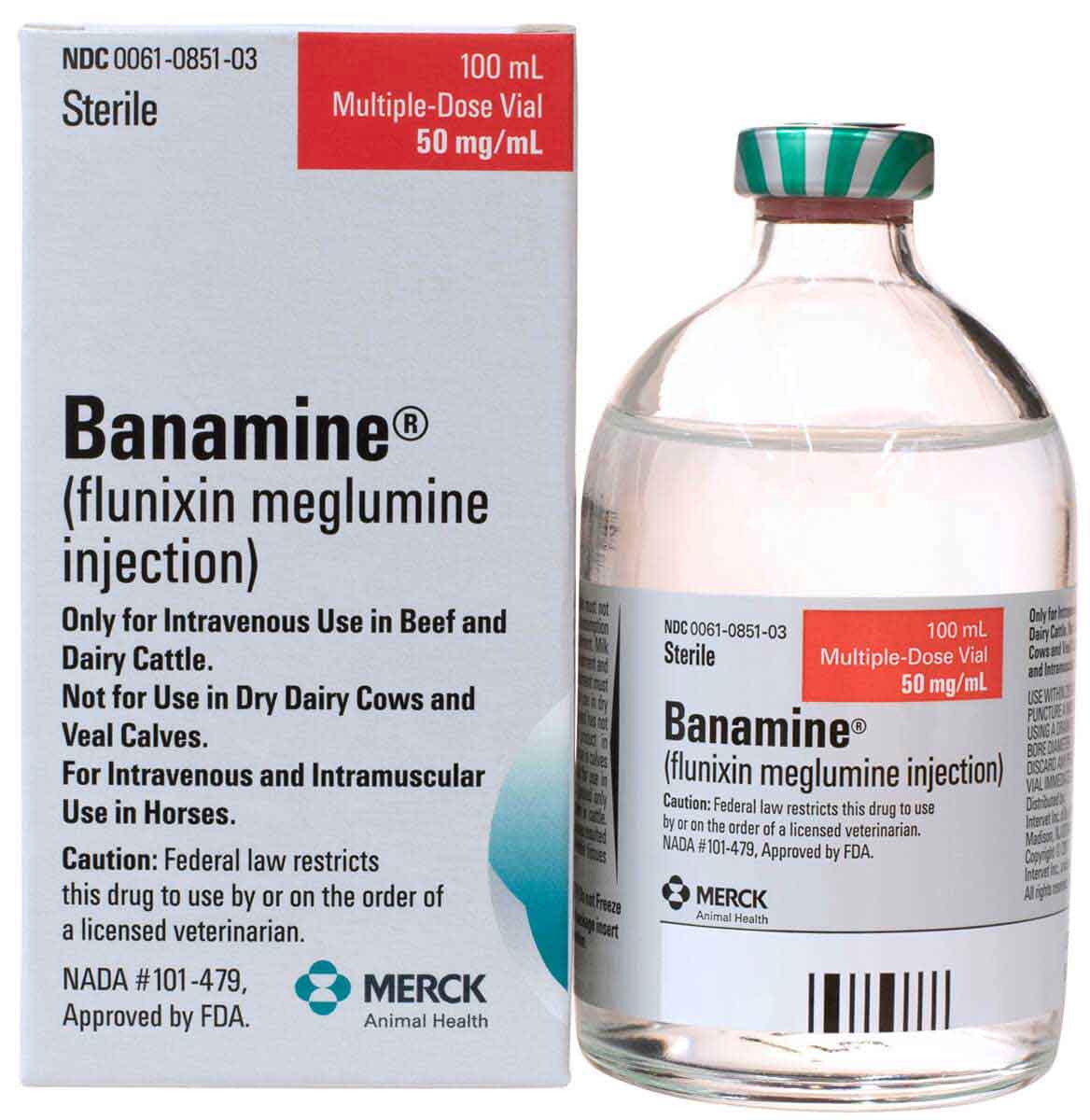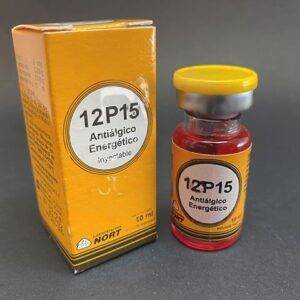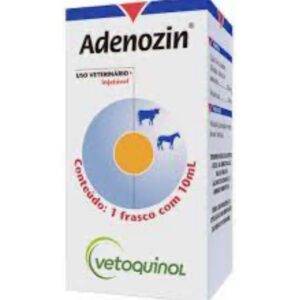Banamine dosage for horses
Banamine, also known as flunixin meglumine, is a non-steroidal anti-inflammatory drug (NSAID) commonly used in veterinary medicine for pain management in horses. It is a highly effective medication that helps alleviate pain and inflammation associated with various equine conditions. As responsible horse owners, it is essential to understand the correct Banamine dosage to ensure optimal health and well-being for our equine companions. banamine dosage for cattle, banamine dosage for goats
Understanding the importance of correct Banamine dosage for horses
Administering the correct Banamine dosage is crucial for effective pain relief in horses. Under-dosing may result in inadequate pain management, leaving the horse uncomfortable and suffering. On the other hand, over-dosing can lead to adverse side effects and potential health risks. Therefore, finding the right balance is key when it comes to Banamine dosage for horses.
Common misconceptions about Banamine dosage for horses
There are several misconceptions surrounding Banamine dosage for horses that need to be addressed. One common misconception is that a higher dosage will provide better pain relief. However, exceeding the recommended dosage can put the horse at risk of developing complications, such as gastric ulcers or kidney damage. It is important to follow the guidelines provided by a veterinarian to ensure the horse’s safety and well-being.
Another misconception is that Banamine can be used as a long-term solution for chronic pain in horses. While Banamine can provide temporary relief, it is not a substitute for addressing the underlying cause of the pain. Chronic pain should be thoroughly evaluated by a veterinarian to determine the most appropriate treatment plan for the horse.
Factors to consider when determining the correct Banamine dosage for horses
When determining the correct Banamine dosage for horses, several factors need to be taken into consideration. The horse’s weight, severity of pain, and overall health condition play a significant role in determining the appropriate dosage. It is crucial to consult with a veterinarian who can accurately assess these factors and provide personalized dosage recommendations. banamine dosage for cattle
Additionally, it is important to consider any other medications the horse may be taking. Some drugs can interact with Banamine, potentially leading to adverse effects. Informing the veterinarian about any concurrent medications is essential for ensuring the horse’s safety and avoiding potential drug interactions.
Recommended Banamine dosage for horses based on weight and severity of pain
The recommended Banamine dosage for horses varies based on the horse’s weight and the severity of pain. Generally, the dosage is calculate in milligrams per kilogram of body weight. For mild to moderate pain, a typical starting dose is 0.5 to 1.1 mg/kg.
In cases of severe pain, the dosage may be increase to 1.1 to 1.7 mg/kg. However, it is important to note that these are general guidelines, and the exact dosage should be determine by a veterinarian. banamine dosage for cattle
Administering Banamine to horses: best practices and precautions
When administering Banamine to horses, it is important to follow best practices to ensure proper dosage and minimize the risk of complications. Banamine can be give orally or via intravenous (IV) injection, depending on the horse’s condition and the veterinarian’s recommendation. Oral administration is more common and can be by mixing Banamine paste with the horse’s feed.
It is crucial to accurately measure the dosage using a syringe or a measuring device provide with the medication. Guesswork should be avoid to prevent under-dosing or over-dosing. Additionally, it is important to handle the medication with care and follow all safety precautions outline by the veterinarian or the product label. banamine dosage for goats
Banamine dosage for other livestock: cattle and goats
Banamine is also use in pain management for other livestock, such as cattle and goats. However, the dosage for these animals may differ from that of horses. The dosage should be determine by a veterinarian experience in treating these species. It is important not to assume that the same dosage used for horses can be apply to other animals, as it may lead to ineffective pain relief or adverse effects.
Potential side effects and risks of incorrect Banamine dosage in horses
While Banamine is generally safe when used correctly, there are potential side effects and risks associated with incorrect dosage. Some common side effects include gastrointestinal disturbances, such as ulcers and colic, as well as kidney and liver damage. Horses may also exhibit allergic reactions, such as swelling or difficulty breathing, in rare cases.
Administering an incorrect dosage or using Banamine without veterinary guidance can increase the risk of these side effects. It is crucial to consult with a veterinarian and strictly adhere to their dosage recommendations to minimize the potential risks. banamine dosage for goats
Consulting with a veterinarian for accurate Banamine dosage recommendations
To ensure accurate Banamine dosage recommendations for your horse, it is essential to consult with a veterinarian. They will consider the horse’s specific needs, health condition, and pain severity to provide personalized dosage instructions. Veterinarians have the knowledge and experience to make informed decisions regarding the optimal Banamine dosage for your horse, promoting their overall health and well-being.
Conclusion: the importance of proper Banamine dosage for equine pain management
In conclusion, understanding the correct Banamine dosage is vital for optimizing horse health and effectively managing equine pain. By following the guidelines provided by a veterinarian and considering factors such as weight, pain severity, and overall health condition, we can ensure the safe and appropriate use of Banamine in horses.
Remember that Banamine is not a long-term solution for chronic pain and should be use as part of a comprehensive treatment plan determine by a veterinarian. By consulting with a veterinarian and adhering to their dosage recommendations. We can prioritize our horse’s well-being and provide them with the pain relief they deserve.
If you have any concerns or questions about Banamine dosage for your horse. Eeach out to a trusted veterinarian who can provide accurate and personalized guidance. Together, we can optimize horse health and promote their overall well-being.





Reviews
There are no reviews yet.